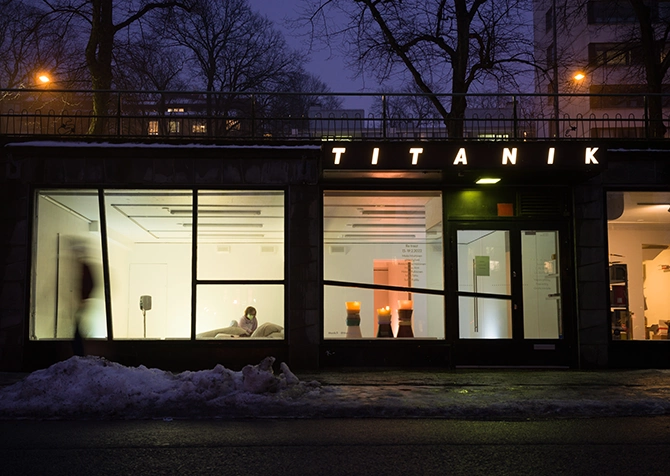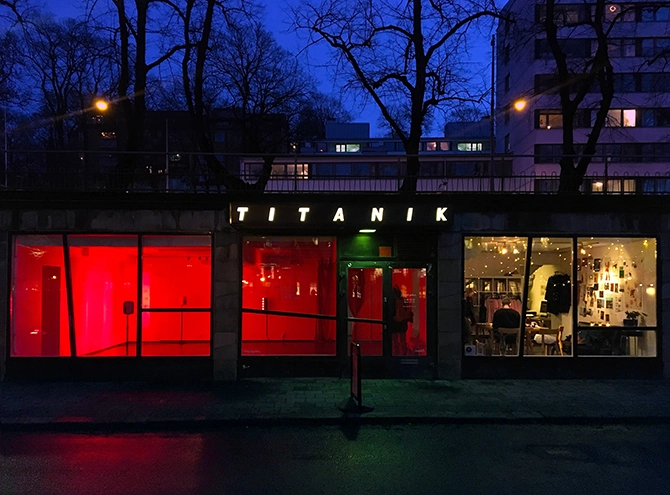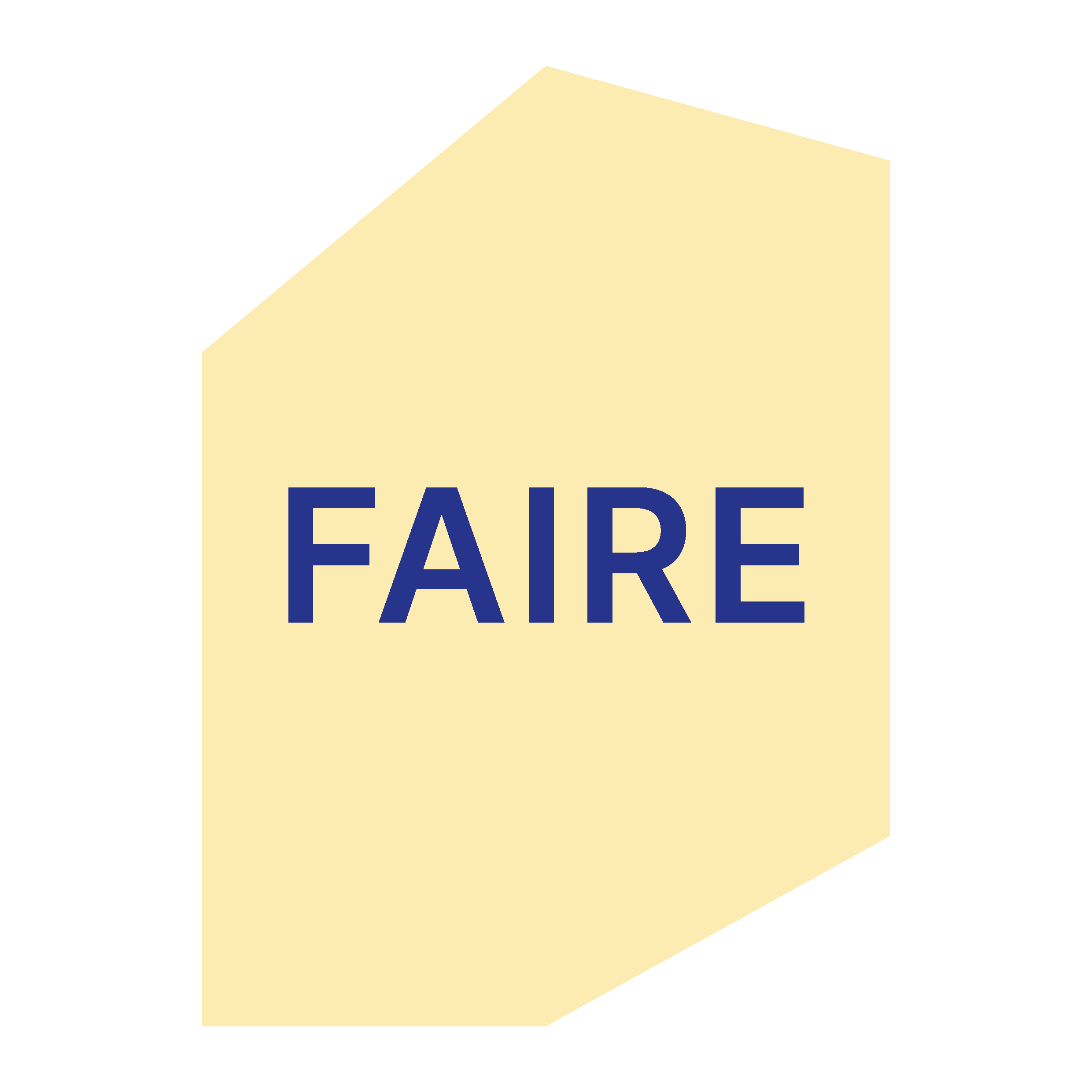27.6.2022
Interview: Vilma Pimenoff
The article is part of a series of interviews which presents various Finnish residency providers and examines the role of residencies in the field of art and in the society.

The Turku based gallery Titanik and the Titanik residency are run by Arte Artists’ Association, which has operated in Turku for over sixty years. The members of the association are visual artists, critics, and cultural workers. Since 2013 the Titanik AiR program has been oriented to sound art – more precisely, to the intersection of sound and contemporary art. The vice-chairperson of Arte, Sami Pikkarainen explains that the idea of a sound art residency came about naturally as Turku has a long tradition in sound art, and because there is an active and dedicated community of sound artists living in Turku. The legacy of Erkki Kurenniemi, a strong ‘do-it-yourself’ attitude and the Turku Synth Club all reflect the lively tones of the Turku sound art scene.
The residency studio workspace is located right next to the gallery Titanik by the river in the center of Turku, and the flat accommodating the residents is just a ten minute walk from the gallery. There is space for one artist or artist duo at a time, and the residency has an open call once a year. Titanik also invites curators in residence for shorter periods. The residency artists are selected by the board of Arte.
The residency’s ideas and values go hand in hand with Arte’s strategy. An experimental approach to art is encouraged and celebrated and Titanik’s activity overall aim is to support diversity. Director, Mirjami Schuppert, is clear in stating Titanik’s commitment to promoting a fair and just operating space for everybody. This commitment includes giving due attention to Titanik’s statistics on the selection and promotion of artists in terms of gender and country of origin: to attend to bias within the system and to make the necessary changes that ensure a fair and impartial environment. Developing consciousness of how the organisation’s own cultural context and biases impact decision making is a priority. Schuppert states it is essential to attend to and factor in the different structures of art education around the world when evaluating residency applications. The competence of an applicant should not, for example, be undervalued based on the standard of their written English. Residency applicant’s experimental approach to work and high artistic quality are paramount. In the process of choosing the resident artists it’s also considered how the different applicants’ practice compliments each other. Ideally, the project proposal will reflect genuine interest in Titanik and for the Turku region, but the project itself doesn’t have to be site specific to Turku.

Schuppert describes the art scene in Turku as spontaneous and organic. Different cultural agents such as galleries and museums support each other in mutual cooperation, but, at the same time, independent operators such as Titanik have an important role to play in challenging the structures and customary ways of working in the art world. The intentions may be different for small art organisations in comparison to larger ones, such as museums. Without small, independent art organisations such as Titanik, there would be a danger for art to become something valued only based on productivity and audience numbers.
Everyone involved with Titanik is delighted that the residency brings inspiring international artists to Turku, enriching the Finnish art scene. Not everyone is able to leave Finland to go abroad, and this makes the exchange of thoughts and ideas with the international residents even more valuable. Topics such as posthumanism in all its forms, and new materialism have been common research subjects at the residency in recent years. Schuppert says that it is important that not only the artworks travel: artists themselves also need to move and meet. People encountering each other create the conditions for the exchange of ideas promoting different ways of thinking and acting. The residencies encourage dialogue and further diversity in the field of art and, importantly, this creates long-lasting meaningful relationships.
More information: Titanik Residency
